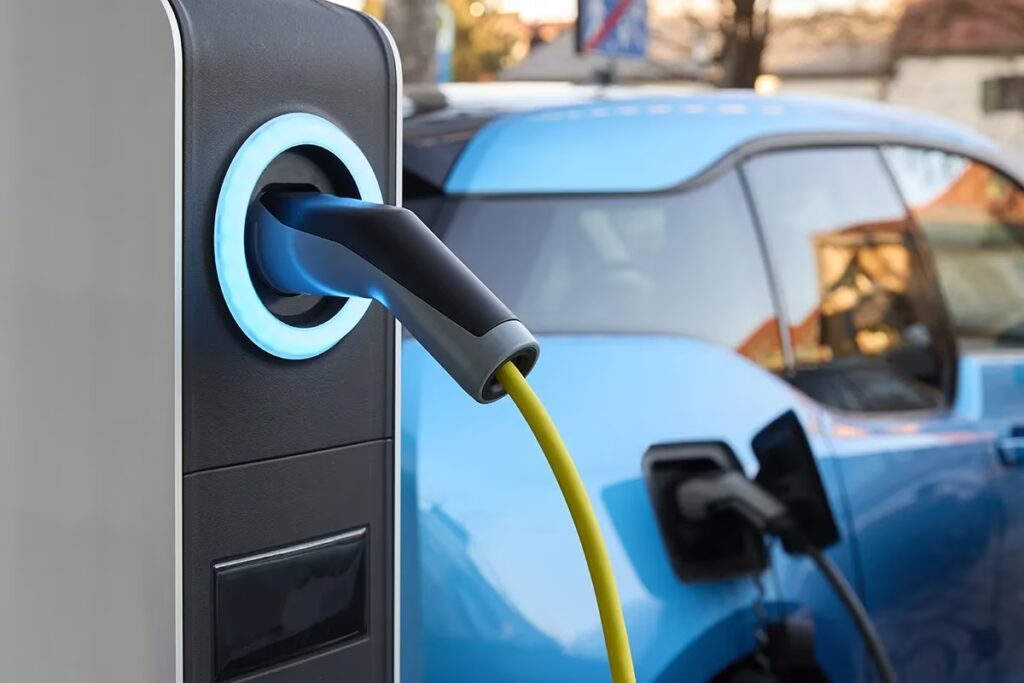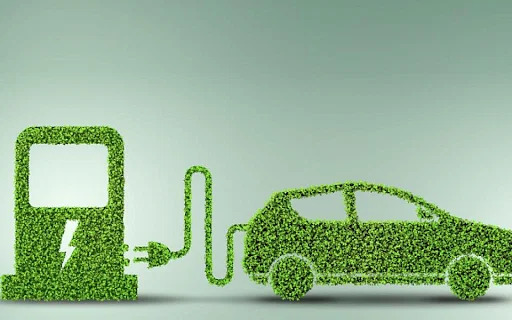According to two persons acquainted with the situation, the government is working on a production-linked incentive (PLI) program worth up to $15,000 crore to promote the installation of grid-scale battery storage. The draught of the scheme is anticipated to be revealed within a month.
In order to keep the grid stable, grid-scale battery storage systems, also known as battery energy storage systems (BESS), may store renewable energy and release it when there is a spike in demand.

“The plan is in development. One of the two persons claimed that the incentive may be in the neighborhood of 710,000 to 5,000 crore. The key requirement of grid-scale battery storage is stability in the grid the flow of power OPEN continues at a regular frequency, and the ramp rate is not as high compared to the ACC battery, which is primarily used in e-mobility. As a result, we are working on making sure that the specifications of this PLI scheme do not overlap with the ongoing scheme for advanced chemistry cells (ACC).
Storage of renewable energy has become essential for grid stabilization and ensuring power supply during periods of high demand when energy from sources that are renewable such as wind and solar power is unavailable due to its intermittent nature as the nation strives to reach the determined target of 500 gigawatts (GW) of renewable energy capacity by 2030. BESS will thus be important in incorporating renewable energy into the grid.
The second person said that because research and development on numerous technologies and chemistries are ongoing, the proposed scheme may not specify one particular technology for facilitating the creation of these energy storage systems. This would make all currently available technologies, including lithium-ion batteries, sodium-ion batteries, and vanadium redox battery packs, eligible for the grant if they are commercially viable.
The representatives for the ministries of power, new and renewable energy, and finance did not respond to questions submitted to them. The draught PLI plan would be presented to the department for the promotion of industry and internal trade (DPIIT) after input from stakeholders was gathered, the source said. Because the PLI scheme would overlap with the work of other ministries, it would then be taken to an empowered group of secretaries.
The electricity ministry anticipates that a new PLI for battery storage may be announced around December or in the first quarter of 2024. This is because the process of securing permission from the empowered group, followed by the cabinet, would take around six months. After that, it would operate for five years like previous PLI programs.
To lessen reliance on imports of lithium, the main material used in batteries today, Indian researchers are looking into a number of different chemistries for battery storage. China currently converts the majority of the world’s raw lithium into chemicals used in batteries.
The Union Minister for Power, New and Renewable Energy, R.K. Singh, has stated on several occasions that a PLI plan will help to encourage the expansion of capacity and that given the country’s existing high cost of storage, there is a need to increase the production of storage systems.
READ ALSO – How fintech is transforming India’s startup finance
In order to ensure the sector’s financial viability, finance minister Nirmala Sitharaman proposed monetary support in the Union Budget 2023–24. The statement read, “BESS with an output of 4,000 MWh (megawatt hour) would be provided with viability gap finance (VGF) to put the country’s economy on the sustainable growth route.
According to the second referenced source, the VGF would immediately satisfy India’s need for storage systems, and the program is intended to promote home manufacture and guarantee a steady supply.
The sector has benefited from policy changes made during the past year. Guidelines for purchasing and utilizing BESS as part of generating, transmission, and distribution assets, as well as auxiliary services, were published by the power ministry last year. In accordance with the renewable-purchase commitments, it sent power discounts notice of energy storage responsibilities totaling 4% of total electricity consumption by FY30.
The government reports that as of March 13th, the battery capacity for storing energy was 39.12 MWh.
The newly announced National Electricity Plan anticipated demand for BESS of 8,680 MW/34,720 MWh over the period of FY22–27 and predicted a need of 38,564 MW/201,500 MWh for the following five years (FY28–32).



